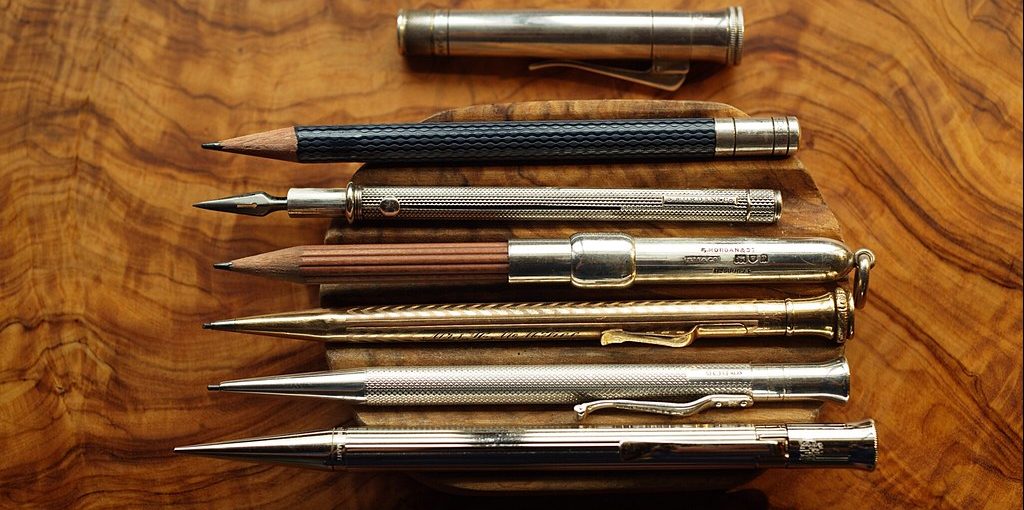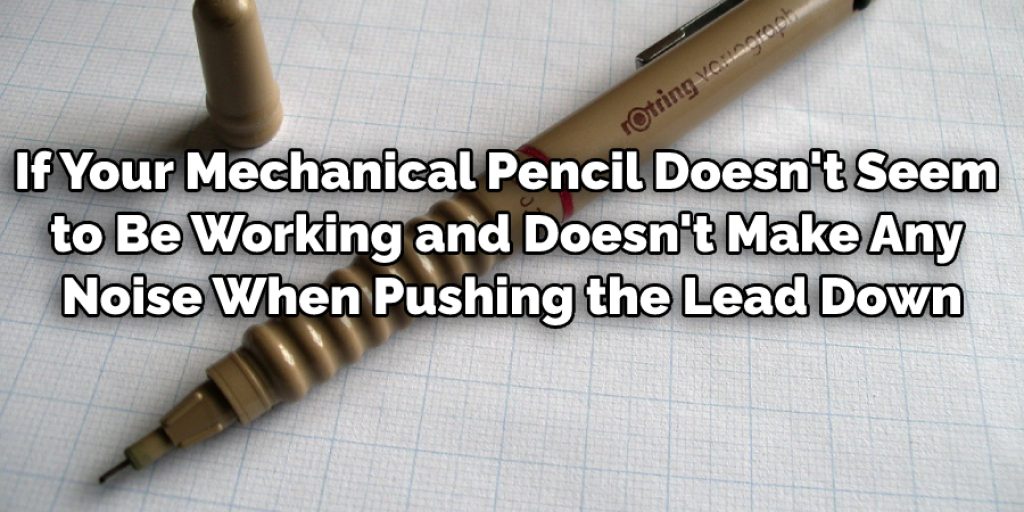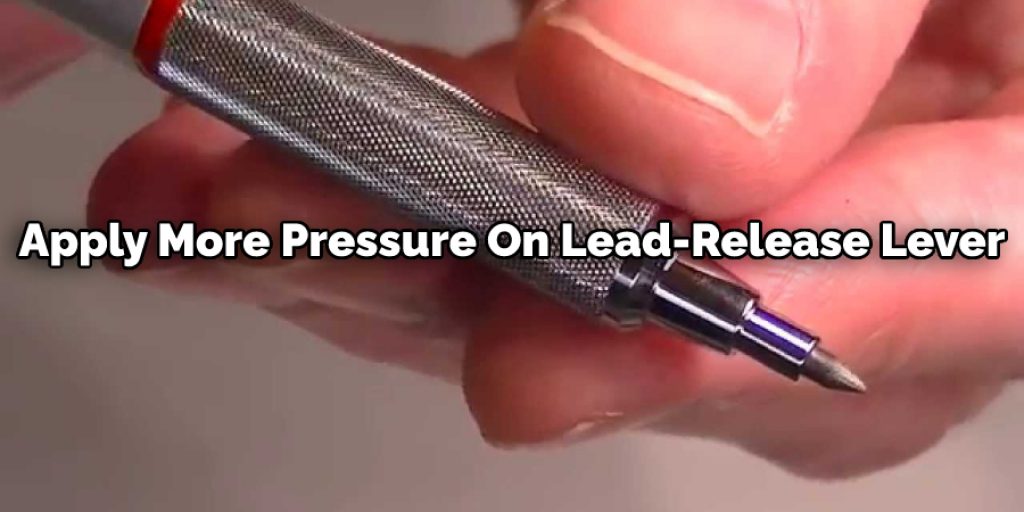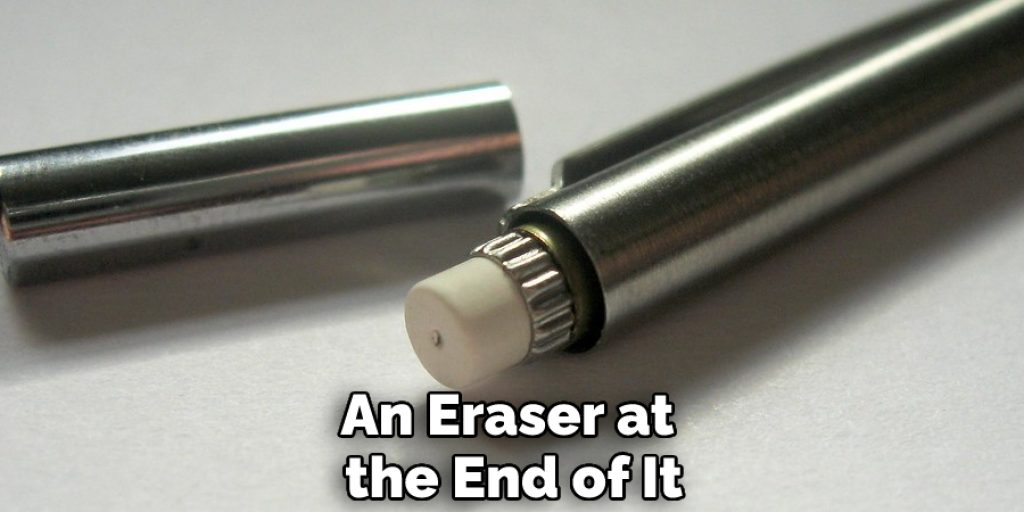How to Put a Mechanical Pencil Back Together

Do you have a seemingly unrepairable mechanical pencil? Don’t worry, and this blog post will show you how to put a mechanical pencil back together. After reading this article, you’ll be able to fix your favorite writing instrument and keep on going with your work or school projects.
Mechanical pencils are an essential tool for any student or professional who needs to take notes in class or write down their ideas at work. The only problem is that they can break easily if dropped from even a small height. Luckily, there are some easy ways to repair them so that your favorite writing utensil stays alive and well!
What is a Mechanical Pencil?
A mechanical pencil is a pencil that has a little metal piece inside of it that helps push the lead out as you write. Sometimes, the metal piece can get stuck or broken, which is what you are trying to fix.
They are available in different styles, colors, brands, and even prices, but they all have one thing in common: they look like regular pencils but have a small lead inside of them that you push down to release the lead out of the tip. Some types even have a button that allows you to extend or retract the lead right from your writing utensil! The best mechanical pencils are ones that are comfortable to hold, have a good lead size, and have a lead release mechanism that is easy to use. Some brands are more expensive than others, but the quality of the pencil usually reflects the price.

If your mechanical pencil doesn’t seem to be working and doesn’t make any noise when pushing the lead down, you may need to replace the entire mechanism inside. On the other hand, if your mechanical pencil is still making noise but doesn’t push the lead out when pushing on it, then there’s a good chance that it just needs some cleaning and maybe oiling. If your lead isn’t coming out, check to see if the lead is fully extended. If it is, then the problem may be with the lead itself and not the pencil. Try using a different lead.
How Mechanical Pencil Works?
Mechanical pencils are a simple piece of machinery that works relatively the same way across all types. However, it’s important to know how your specific type of mechanical pencil works so that you can figure out what kinds of problems may be plaguing its inner workings and how to fix them. A mechanical pencil is usually made up of five basic parts: the casing, the lead-release lever, the plunger, the spring, and the eraser.
The pencil case is a place to store your pencils so they don’t get lost or dirty. Some pencil cases are made out of plastic, and some are made out of wood. Wood is a more durable and long-lasting material, but it’s usually a bit more expensive.
Mechanical pencil casings can either be wood or plastic. The lead-release lever on a mechanical pencil is where the lead goes. It’s usually found right above the tip of your mechanical pencil, and it does just what its name implies. Release the lead so that it’s able to come out of its casing. Most mechanical pencils have a lead-release lever. If you don’t see one, it may be hidden under a small cap that’s on the top of the pencil.
5 Methods To Fix Mechanical Pencil:
Method 1: Apply Heat Source To Make Lead-Release Lever Return to Original Position
There are many reasons why the lead-release lever on your mechanical pencil may not be working correctly. One of these problems is simply misplacing it, which is easy to do if the pencil gets jarred while in storage or use.
Before you try any of the following fixes, you need to ensure that the shaft on your release lever is at the very least facing upright when not in use. If it isn’t, gently press down on it until it’s completely flush against its casing.
When applying heat to a mechanical pencil that won’t write, be careful not to overheat it. Excessive heating can lead to damage to the metal components and can even cause a fire! Ensure that your mechanical pencil doesn’t get much warmer than room temperature when operating at normal levels.
The good idea is to use an oven mitt or keep protective pads between the metal casing of your mechanical pencil and a heat source to prevent it from getting too warm.
Method 2: Apply More Pressure On Lead-Release Lever

If the lead-release lever on your mechanical pencil is misaligned or is too weak to press down all the way, then there may be a problem with how much pressure it takes to push it. The goal when performing this fix is to make sure that the lead-release lever easily drops down when a small amount of pressure is applied to it.
Method 3: Apply A Small Amount Of Grease Or Petroleum Jelly
There are many different reasons that grease or petroleum jelly could be needed for your mechanical pencil. Still, one of the most common is that it will help to lubricate and therefore move more easily. In addition, grease or petroleum jelly can help solve sticky problems caused by either a buildup of dirt,
dust, or oils on the shaft that holds your lead-release lever in place. The method for applying grease or petroleum jelly is much like the previous method for applying heat, except you need to apply less pressure while keeping your mechanical pencil at a much cooler temperature.
Method 4: Replace Lead-Release Lever
If you have tried all of the previous methods and still can’t seem to be able to get your lead-release lever to work how it should, then it’s time to consider an entirely new one. There are generally two reasons why you would need to replace your lead-release lever. The first reason is simply that it’s too difficult for a normal person to make work properly, and the second reason is that damage was done by super-hot temperatures or extensive wear and tear.
Method 5: Check All Other Mechanical Pencil Parts
If none of the previous methods work for you, then it’s time to start really looking into all of the other components on your mechanical pencil. If any damaged or broken parts were not mentioned here, replacing them can be just what your mechanical pencil needs to make writing easier and more comfortable.

If you need to replace small pieces like screws, end-caps, or other small components, you may be able to get everything that you need for your mechanical pencil by simply going to a local office supply store. If not, there are plenty of online stores where you can purchase individual parts for a very reasonable price.
Frequently Asked Questions
Why Are Mechanical Pencils Not Allowed?
There are many reasons why mechanical pencils are not allowed in schools. The first reason is that students often get their fingers caught in the lead, which can result in them being injured or bleeding. Another reason is that it’s easier to erase mistakes with a mechanical pencil than with a regular pencil.
Another important point is that using one of these devices causes the paper to tear easily, which could be dangerous for other students and teachers around you.
Are Mechanical Pencils Allowed on Planes?
It is not necessary to carry a mechanical pencil on a plane. Mechanical pencils are not allowed in checked baggage, and the ink used in them can be flammable.
Can You Use Mechanical Pencils on Ap Exams?
You can wear mechanical pencils on ap exams. They are a useful tool to have with you when doing the exam.
Mechanical pencils are often preferred over pens because they allow for a smoother writing experience. It is more likely that they will not smudge or leak onto your paper while writing.
However, if you prefer to use pens, feel free to do so. Just make sure that the pen has an eraser at the end of it so that you can easily erase any mistakes made on your paper.

Conclusion:
A mechanical pencil is a great tool for writing and drawing. It’s not always easy to put back together, but with these tips, you should be able to do it in no time! Your best option would be to take the pieces apart as much as possible before putting them back on the lead sleeve.
If your pen has been recently dropped or knocked over, use a damp cloth or tissue paper wrapped around an ice cube to cool down the metal parts that have become hot from contact with other surfaces.
You may also want to try using some graphite powder mixed up with water if they’re really stuck tight-this will act like oil when applied at room temperature, so give it a few minutes before trying again. We hope you’ve learned something new from this blog post on how to put a mechanical pencil back together and found it informative. If there’s anything else we can help with, please contact us!
Read on our other blog – How to Fix a Manual Pencil Sharpener




